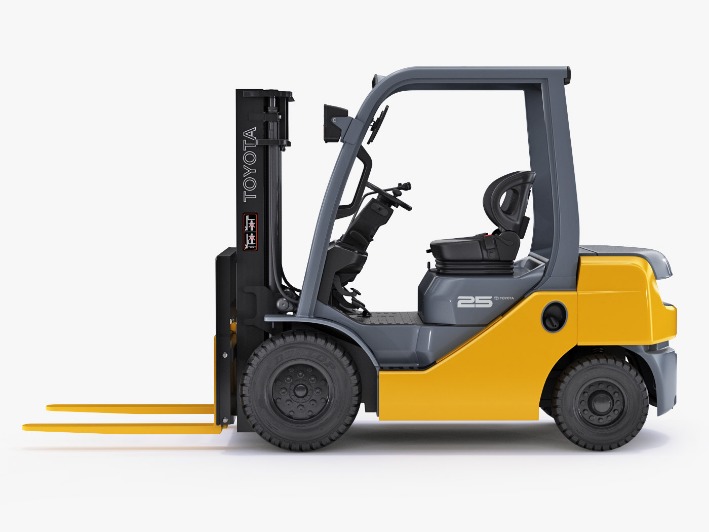In the world of construction and material handling, telehandler training is paramount for ensuring safety, efficiency, and operational excellence. Telehandlers, also known as telescopic handlers, are versatile machines used for lifting, moving, and placing materials in various industrial settings. Proper training equips operators with the skills and knowledge required to handle these powerful machines effectively.
Understanding Telehandlers
Telehandlers combine the functionality of a forklift and a crane, making them indispensable in construction, agriculture, and other heavy-duty applications. With a boom that extends forward and upward, these machines can reach places that traditional forklifts cannot, providing extraordinary versatility on the job site.
Read more about telehandler training here.
The Importance of Telehandler Training
Operating a telehandler without adequate training poses significant risks, including accidents, equipment damage, and potential injuries. Comprehensive telehandler training ensures operators understand the machine’s capabilities, as well as the limitations and safety procedures unique to its operation.
Core Components of Telehandler Training Programs
A well-rounded telehandler training program covers several critical aspects:
- Safety Protocols: Understanding safety guidelines, personal protective equipment (PPE) requirements, and site-specific hazards.
- Machine Familiarization: Detailed overview of telehandler components, controls, and maintenance procedures.
- Operational Techniques: Best practices for maneuvering, lifting, and placing loads safely and efficiently.
- Load Management: Training on assessing load capacities and ensuring stability to prevent tipping or overloading.
- Regulatory Compliance: Knowledge of Occupational Safety and Health Administration (OSHA) standards and other regulations governing telehandler operation.
Choosing the Right Telehandler Training Program
When selecting a telehandler training program, consider the following factors:
Accreditation and Certification
Ensure the training provider is accredited and offers recognized certification upon completion. Certification validates the operator’s competency and boosts employability.
Experienced Instructors
Instructors should have extensive hands-on experience with telehandlers and a robust understanding of safety protocols and operational best practices.
Comprehensive Curriculum
The program should cover all essential aspects of telehandler operation, including theory, practical skills, and safety procedures.
Conclusion
Investing in telehandler training is crucial for any organization that relies on these versatile machines. Proper training safeguards operators, enhances operational efficiency, and ensures compliance with safety regulations. By prioritizing comprehensive training, businesses can mitigate risks and maintain a productive, safe working environment.

